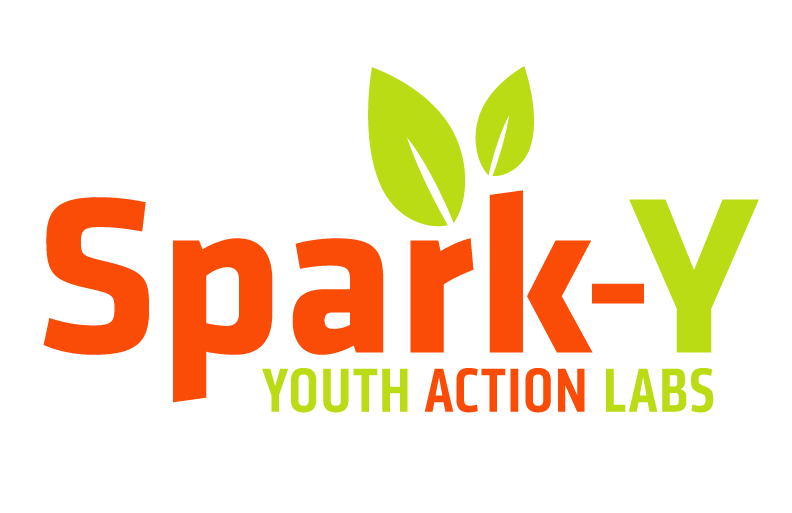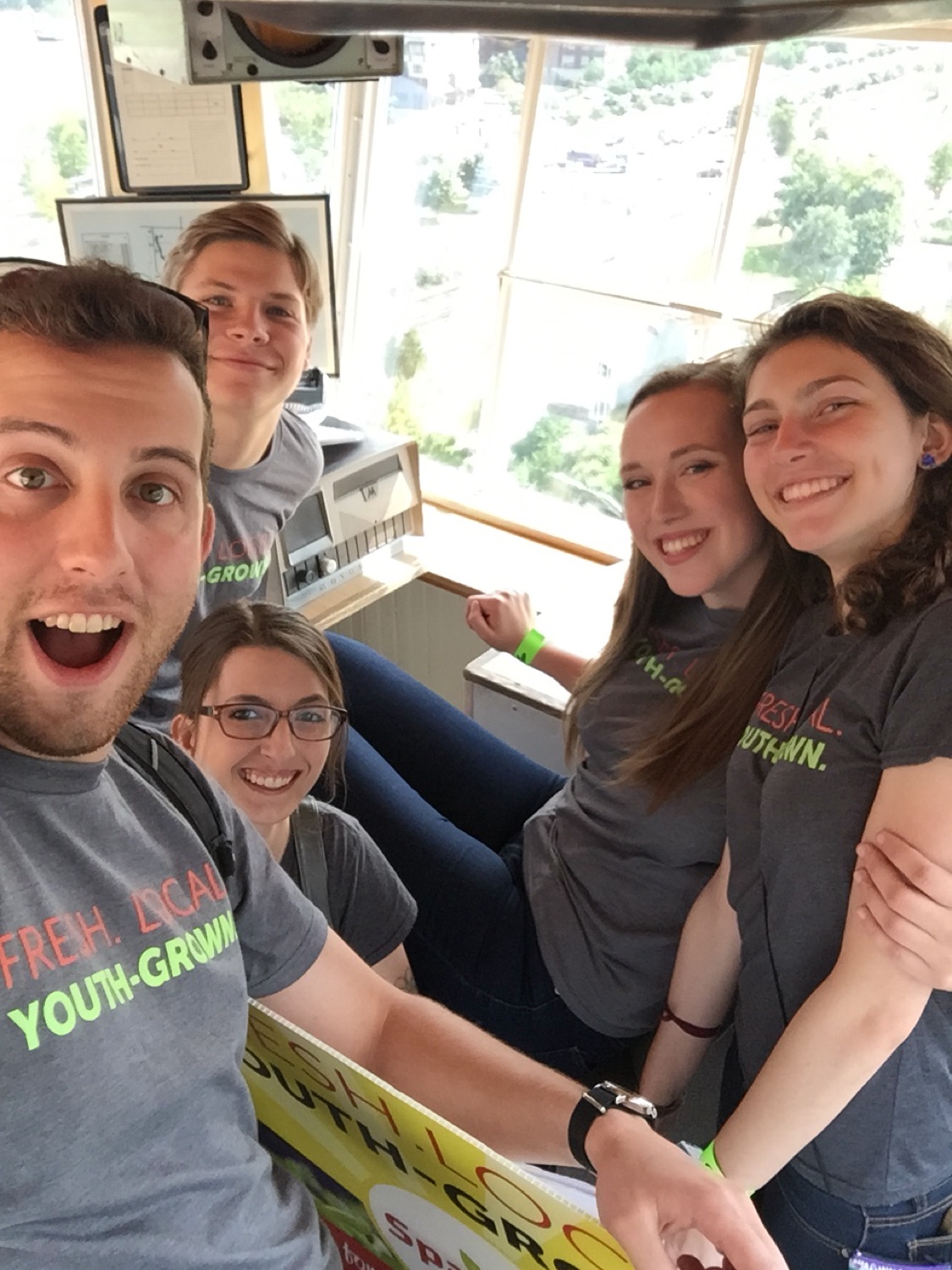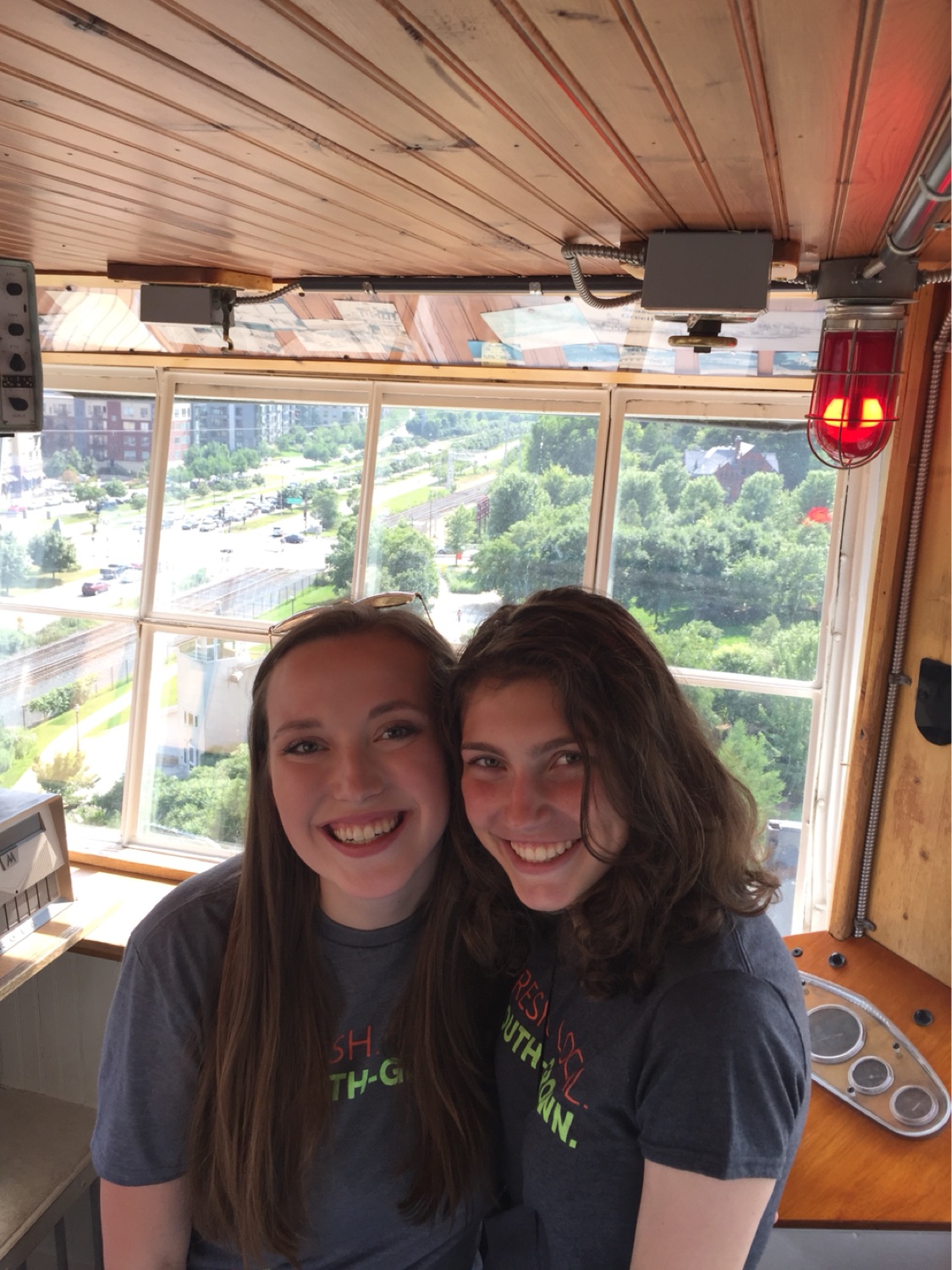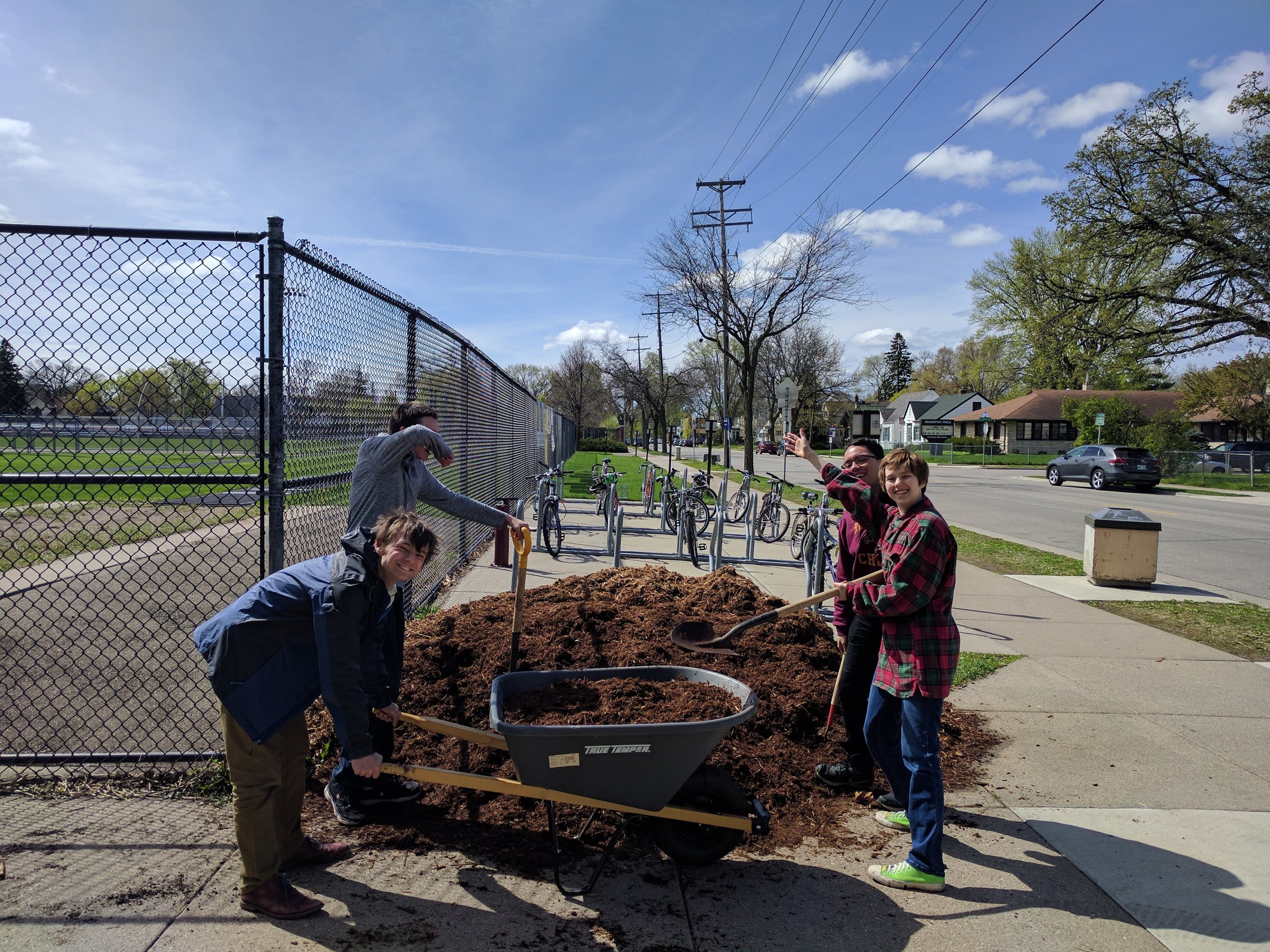In this ongoing series, our Spark-Y 2017 Summer interns are sharing their experiences.
The following post is written by the Urban Ag Lab Management team:
Sarah Wescott, Maverick Oblekson, Salma Ahmed, Ojuigo Ojebe, and Charlie Kinnegerg.
Soil, often incorrectly thought of as dirt, plays an important role in our food web by providing a nutrient source for almost all of our plant life. What goes on below ground is far more complex than meets the eye. An entire community of organisms is interacting to create healthy soil that plants can flourish in. Fungus and Bacteria eat all of the organic matter, such as leaves and twigs, that fall onto the ground helping it break down. Then, tiny worm-looking creatures called Nematodes eat these stores of fungi and bacteria. Even bigger predators called Arthropods eat the Nematodes, forming a whole food chain in the soil. All of this life, death, reproduction, and pooping is what makes up soil. Dirt, on the other hand, does not contain this same frenzy of life, making it far less useful for plants who are trying to grow.
Unfortunately, heavy chemical use across the agricultural industry is destroying more and more of our healthy soil each year, in turn leaving us with lifeless dirt. Furthermore, less than 1 percent of agricultural land in the United States is grown under organic standards and those who want to convert to organic farming struggle to escape the intense chemical cycle due to the time it takes and the potential loss in profits.
As the Urban Agriculture Lab management team, we are attempting to combat this soil loss by making soil a bigger part of Spark-Y. To do this, we are building a soil laboratory where staff, students, and visitors can get a close look at what goes on in soil, how soil is made, and the role that worms play in the soil cycle. The soil lab is made up of five main components:
Soil Lab
- Composting Tower: a four tiered shelving unit that holds vermicompost at different stages in the process. Each of the shelves can be removed for easy access and the entire tower is on wheels so it can be moved around the lab.
- Live Edge Work Table: a clean work space made from locally sourced lumber cut near Stillwater, Minnesota along the St. Croix and provided by TwinsCitiesTimber. The legs are made out of piping to create a stable work bench or meeting space.
- Compost Amendment Storage Space: amendments for the vermicompost and compost tea will be stored here to help balance the levels of bacteria, moisture, and fungus in the tea or compost. Some of these ingredients are: sawdust, wood chips, nitrogen stored with a carbon filter, yeast, soybean meal, and alfalfa meal.
- Compost Tea Maker: brews a naturally nutrient rich water that is a great fertilizer for plants. This will help to keep the aquaponics lab plants healthy and avoids using synthetic fertilizers that have negative downsides.
- Soil Analysis Space: This area will include a microscope and the proper tools needed to look at the abundance of life found in soil and to check on the balance of bacteria and fungus in the compost.
Compost Tower
Our soil lab is still in the works, but so far we have completed the soil tower and have gathered all of our materials for the remaining projects. Our live edge table top has arrived and we are in the process of making it into a working space. In the end, the soil lab will foster a learning environment that brings soil to the surface and gives Spark-Y visitors the tools to make their own soil better at home. Stop in soon to see the finished product!
What is Vermicomposting?
Vermicomposting is a type of composting that utilizes worms to speed up the process. The worms eat the organic material and convert it into nutrients at a much faster rate than bacteria and fungus do on their own. As a result, we can create healthy soil on a regular basis and grow stronger plants.
Sources:
Jerad, Aaron. "Soil Science Basics for Beginners." The Permaculture Research Institute. Permaculture Research Institute, 04 Aug. 2014. Web. 26 July 2017.



























